Mento's May Mastery '16: Day Twenty: Dreamfall Chapters
By Mento 0 Comments
Dreamfall Chapters
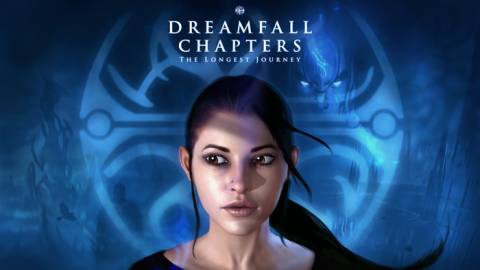
And so we have our final Dreamfall Chapters check-in for the month. With today's livestream duties, I was only able to complete the third Book, but that's probably for the best. The story is moving a mile a minute right now - if nothing else, the Dreamfall has adapted to the quick plotting of the episodic format, with cliffhangers and resolutions bookending each, well, Book - and it would help to have more time to process the puzzles and events without this daily deadline hovering over my head. For whatever reason, despite the alacrity of the storytelling, each of these chapters is still taking a while to get through. I'll refer back to yesterday's explanation about the sheer size of the game world not helping with the puzzles, given how much real estate there is to sweep for puzzle-crucial hotspots. There's also the fact that the fifth Book has yet to be published; I wouldn't say it was overdue, looking at the scattered release history of the four Books thus far across 2014 and 2015, but Book 3 ends on what is a relatively unhurried note compared to Book 2 - and probably Book 4 - and I'd be happier to leave it here for the few weeks or months it takes for this game to see a conclusion.
At any rate, this will be the last update for Dreamfall Chapters for the foreseeable future. After today, I'll be moving onto a new game, as per the rules of May Mastery. I can't say that my time with this game has been an entirely positive experience, my issues evenly split between the problems caused by the technical limitations of this PC and the less fortunate design choices taken by the developers, but I'm still eager to see the game's story to its conclusion. I thought I'd try and spend the rest of the pre-spoiler recap section of today's update on attempting to articulate why I'm so invested in this setting and its characters.
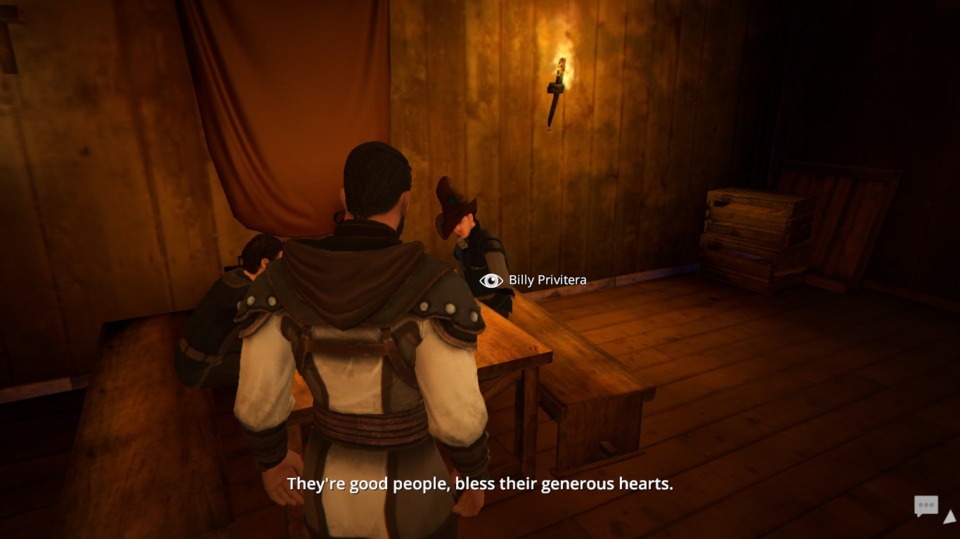
I covered the basics of the plot a few updates ago - there's the near-future contemporary world of Stark and the fantastical but largely allegorical fantasy world of Arcadia, and there's a strong connection between the two called the Balance that ensures that neither suffers unduly because of the other. It's a similar system we've seen in other games, most notably in the Tales series which frequently visits the idea of two worlds in symbiosis where almost everyone in one world is incognizant of the other and vice versa, but The Longest Journey/Dreamfall always approaches this material with a surprising level of maturity. I can't say if the game does a better of job of making Zoe seem like a typical young person than, say, Life is Strange with its principal cast of liberal arts college students, but she seems believably neurotic in her interactions and her journal entries. Even the fantasy archetypes wandering around Arcadia have nuance and well-established motivations behind their actions, and there isn't a single character that the game doesn't offer the option to delve deeper into if you're the prodding type. Again, it's not quite sweeping the bedrooms of every major cast member for a dozen objects that prompt little "this is what this person is about" observations, but very few are throwaway one-notes with the exception of a few comic relief types. Dreamfall Chapters' new characters have been a mix of great and middling so far, but I've grown attached to a majority of them and am sad to see them leave the game through misfortune or circumstance. Book 3 especially seems prepared to let a lot of its characters go, and I'm finding it harder than I anticipated to say goodbye.
I think what's integral about the game is that it manages to create two fairly "standard" settings - a standard near-future version of our world with relatable technology that feels like is only a handful of years away despite it being set 200 years in our future, and the standard fantasy world of Arcadia with its magical races and fantastical creatures - and then adds a number of complications to both. Stark, for instance, suffered something called the Collapse due to the events of the first game which caused the magnetic poles to bug out, and to this day there is no longer artificial flight or satellite coverage as a result. Technology has had to double back and follow a different route to reach its present advanced level - for instance, creating supersonic subterranean "bullet train"-style conveyances between distant locations on the globe rather than airline travel. Corporations rule everything and cities have become enormous and now encompass several countries, causing new borders to be drawn, and characters talk about how the US is a dangerous militaristic tinderbox, Europe's a dive with no sunlight and constant rain due to environmental issues, and most of the more pleasant and temperate cities on Earth are now in Africa. It's one of the cases where they reveal just enough lore about the world to seem valid, but not enough that it begins to sound contrived and prompting belief-suspending "how did we get there from here?" questions. Likewise, Arcadia is a fantasy world experiencing an industrial revolution, sidelining anything magical for the more reliable and scientific and pushing the non-human races further and further away from civilization. It sort of feels like Narnia after the Telmarines arrived, where an alien human faction is unleashed on an unwitting fantasy world with the technological intelligence of the Renaissance era but the xenophobic, theocratic close-mindedness of the medieval period, who then conquer the world and make it a miserable place to live for anyone not human. The games have always kept themselves grounded in that sort of allegory despite the unfamiliar (at least to reality, if not to other fictional settings) surroundings.
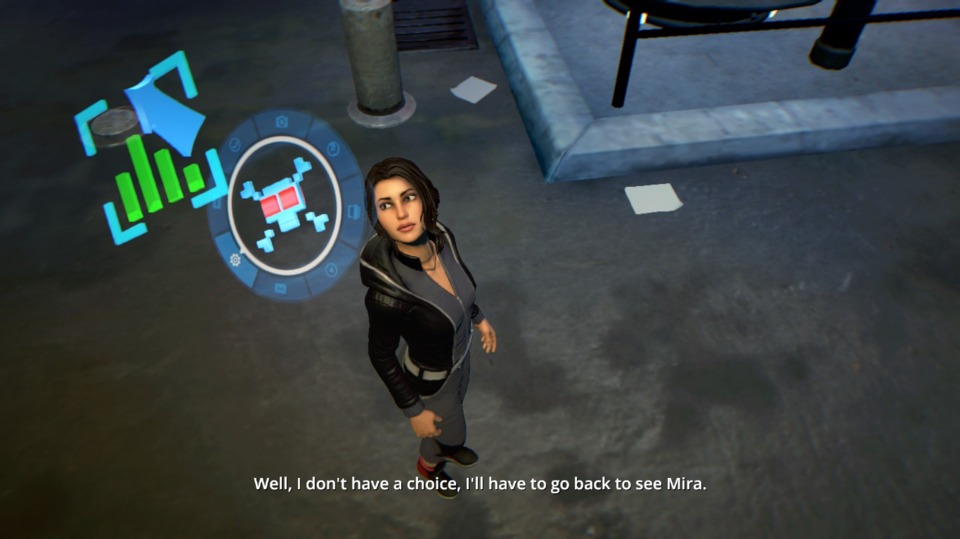
Really, though, it's always been the series' keen eye for characters, the quirks that go into its world-building and fairly decent writing on the whole that has kept me around this long. Plus, it's never been shy to raise a dozen mysteries and only explain half of them, setting its sights on an even bigger overarching narrative about the nature of reality in that universe and the role of the mystical and unknowable Draic Kin (as in, dragons) that may never see a proper conclusion for as long as the series lives. There's something inspiring about maintaining that level of ambition, even in the face of the many, many adversities that the series and its developers have seen since the franchise's inception almost two decades ago. I'm sure we all have at least one troubled long-running form of fiction that we're attached to that may never live long enough to see a proper ending.
The Verdict: After three days and three of its five episodes/"Books", my May Mastery coverage of this episodic game is at an end. However, be sure to expect more recaps for Books 4 and 5 in the (hopefully) near future. We're definitely on the home stretch now. (Four Stars for franchise fans, Three Stars for everyone else.)

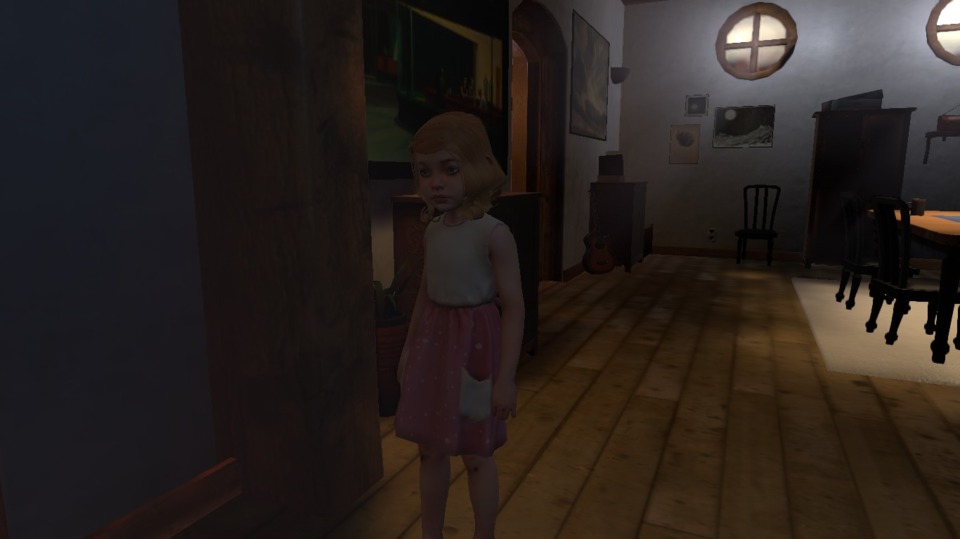

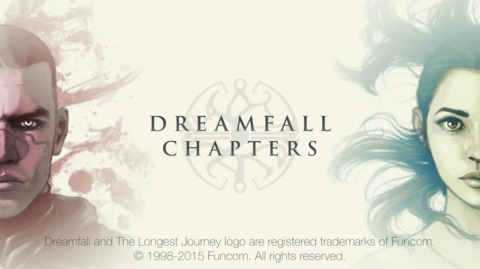
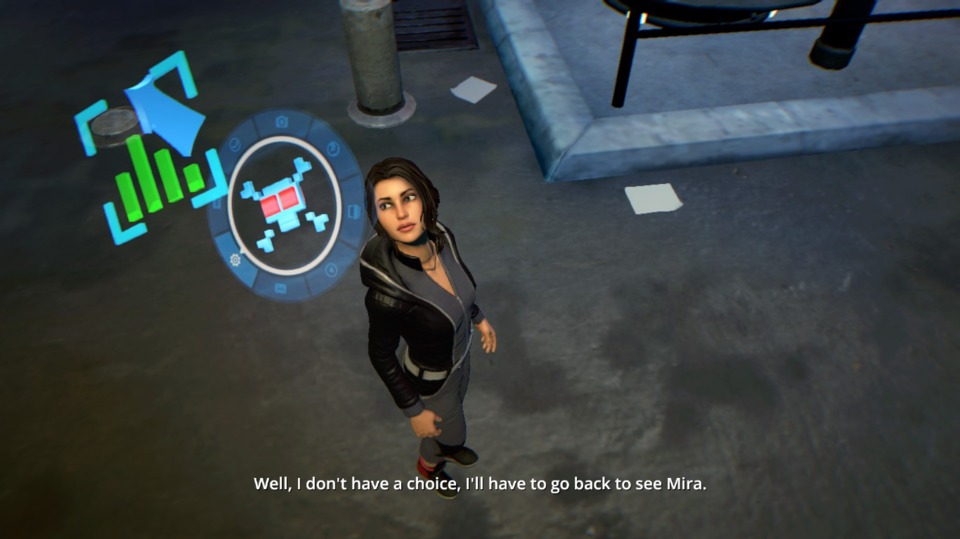
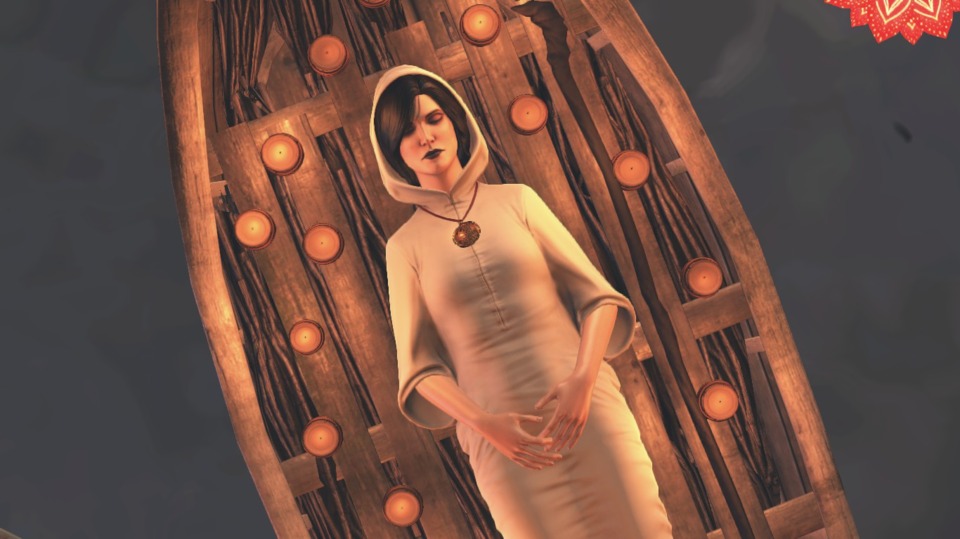
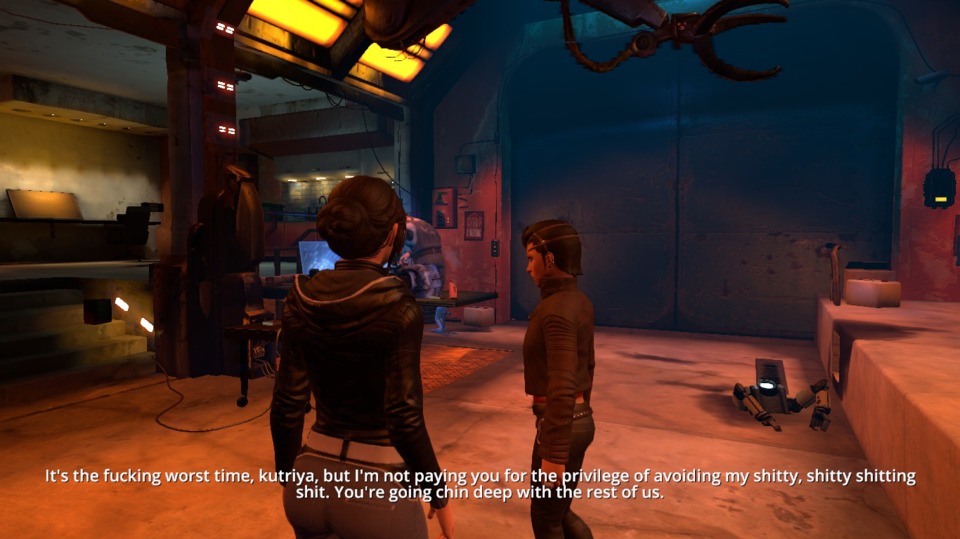
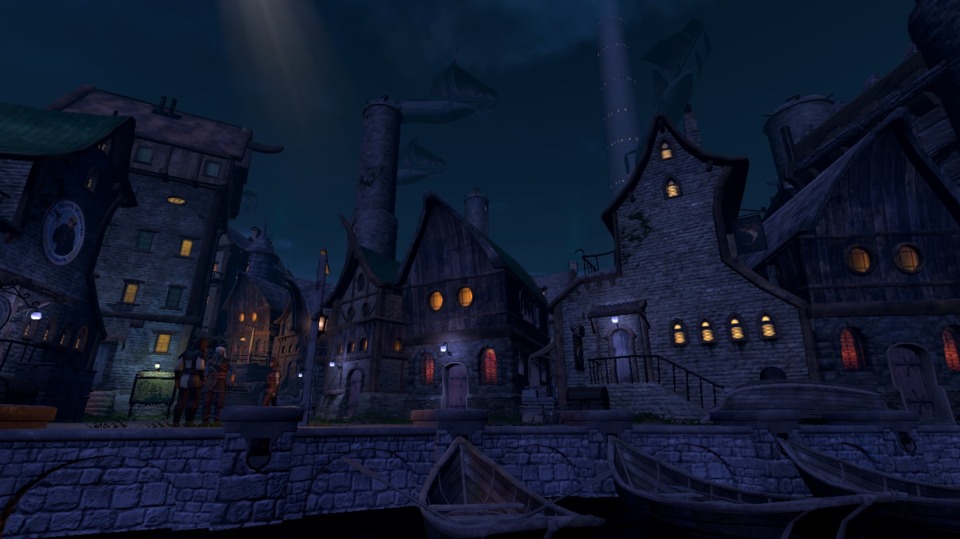

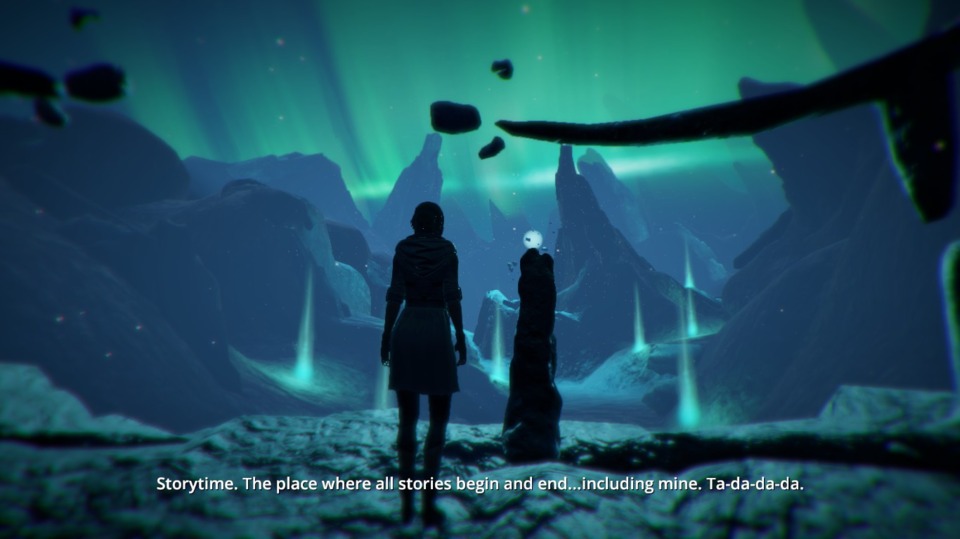
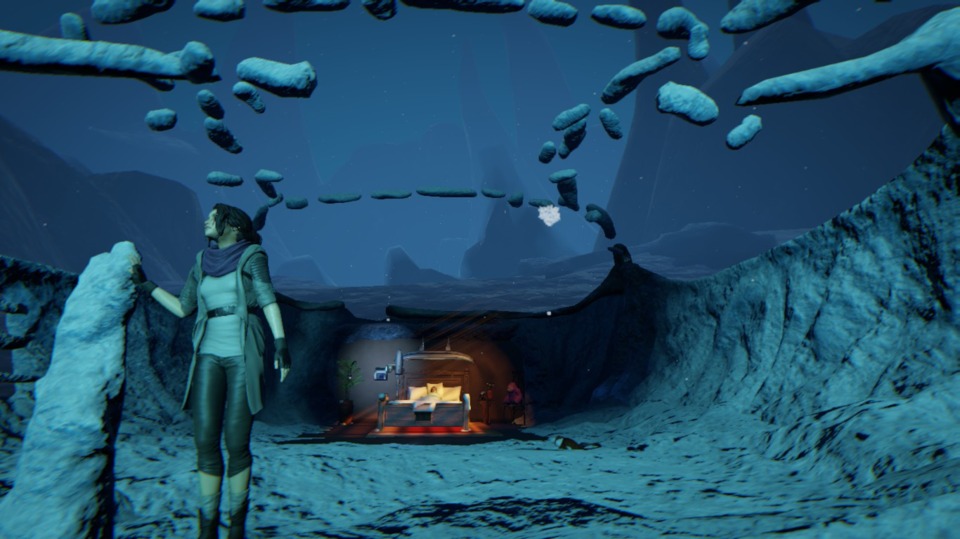
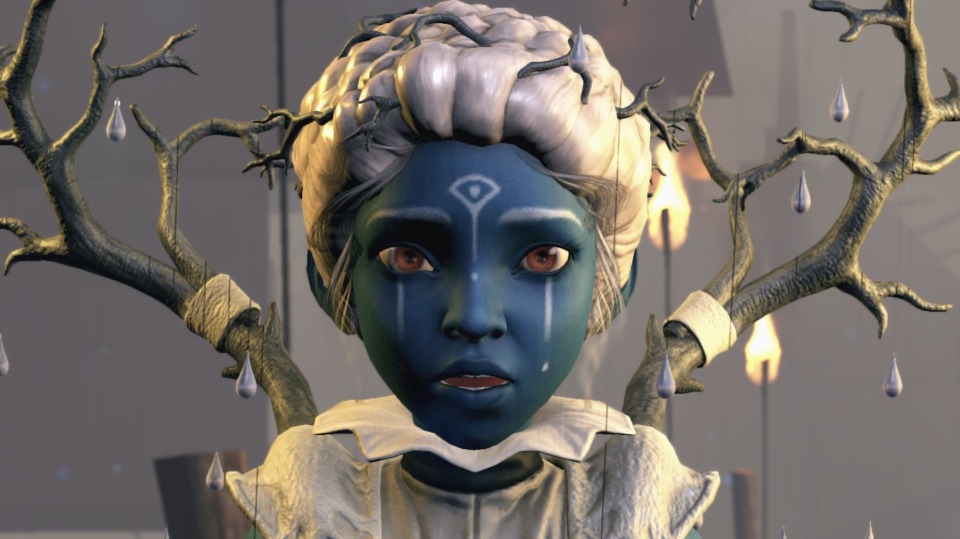
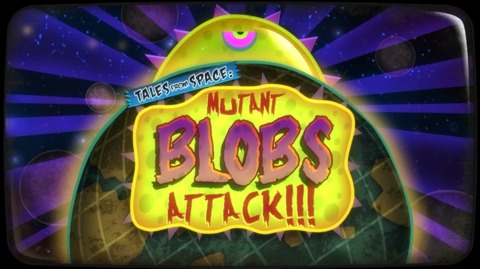
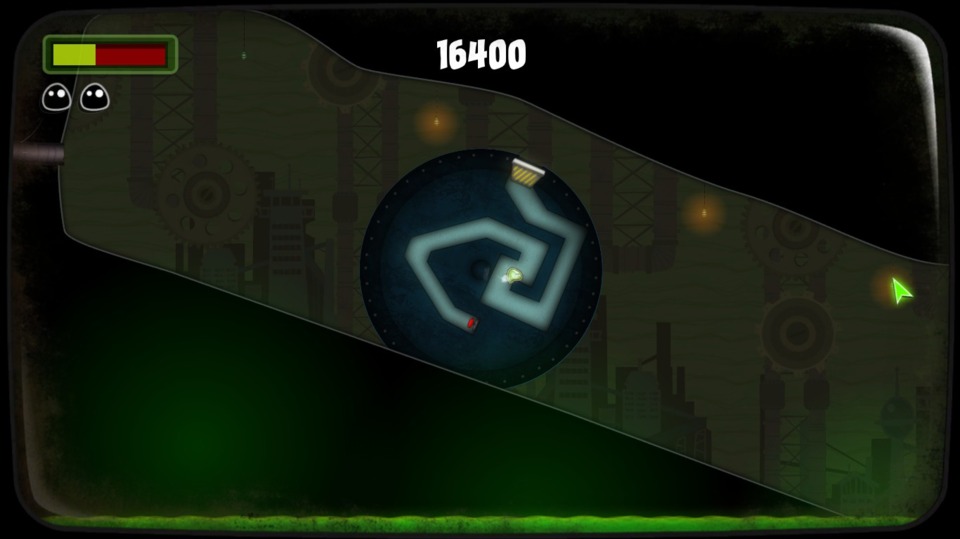
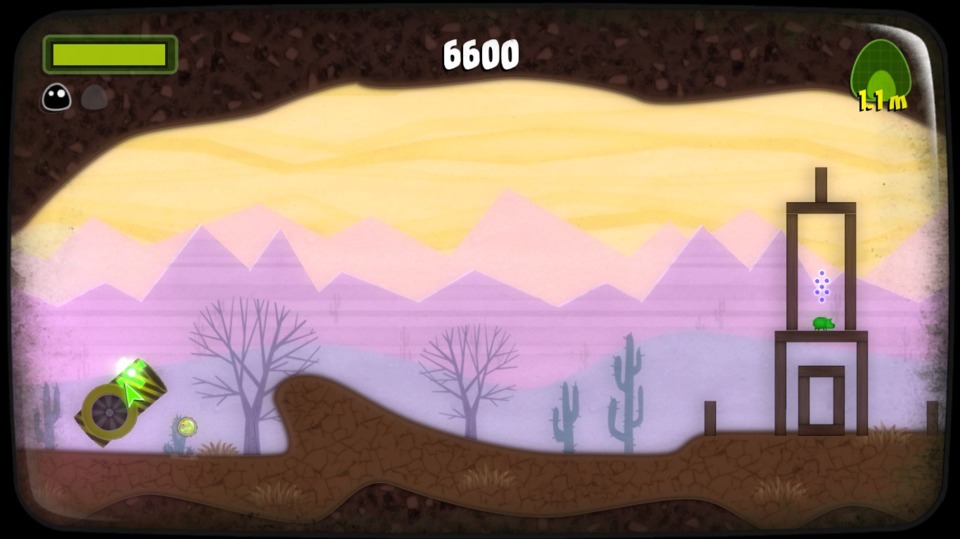
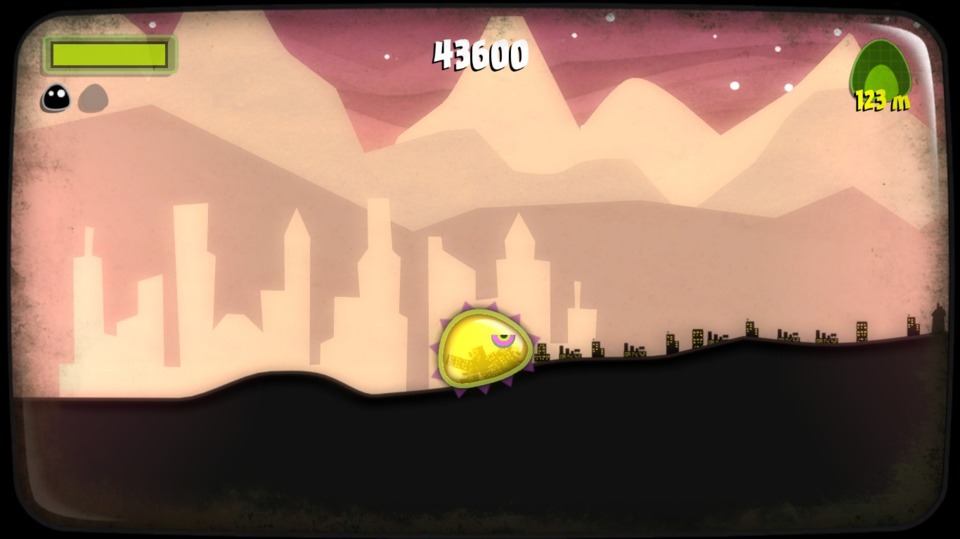



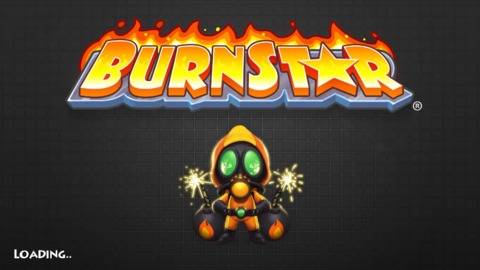
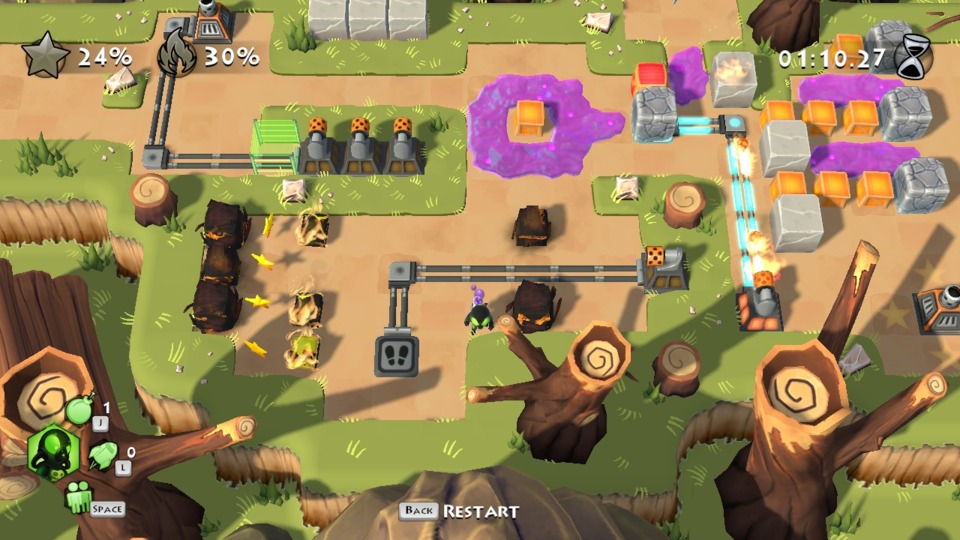
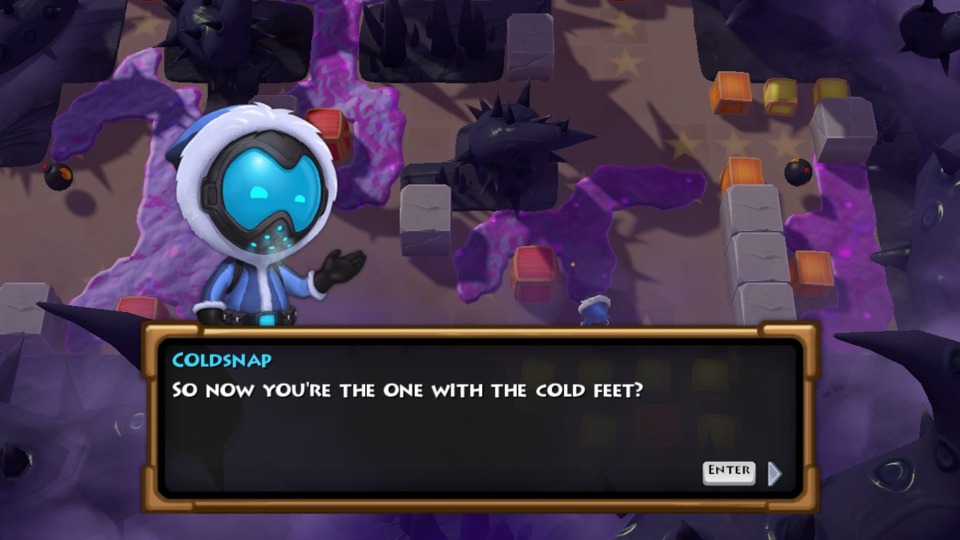
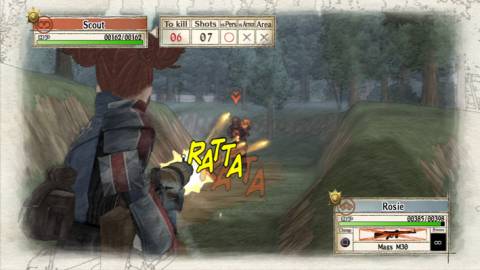
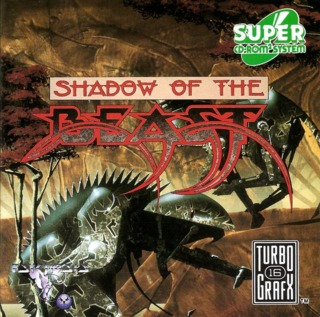
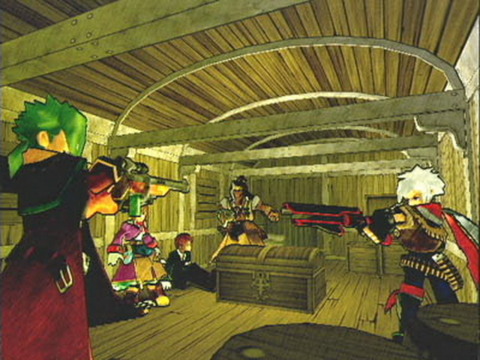
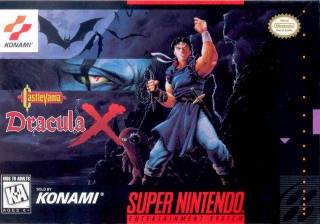
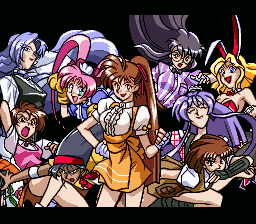
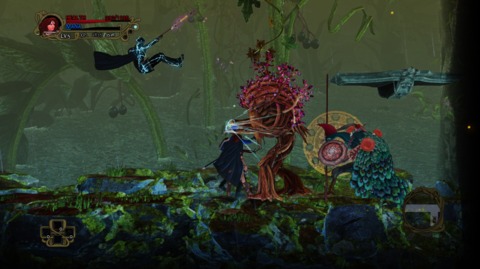
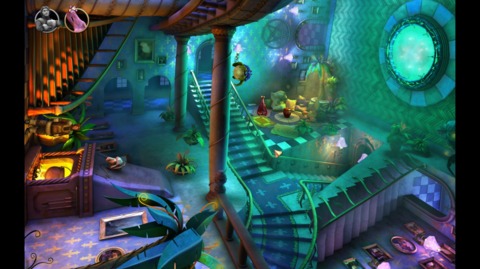





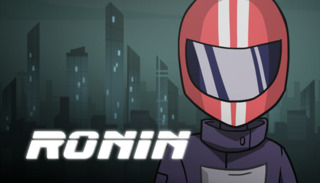

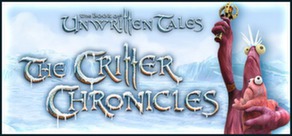
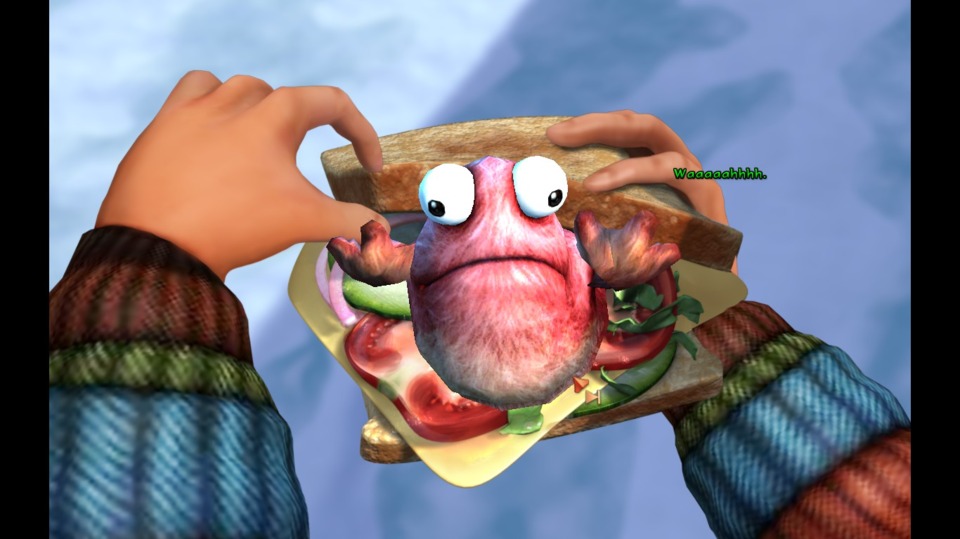
Log in to comment